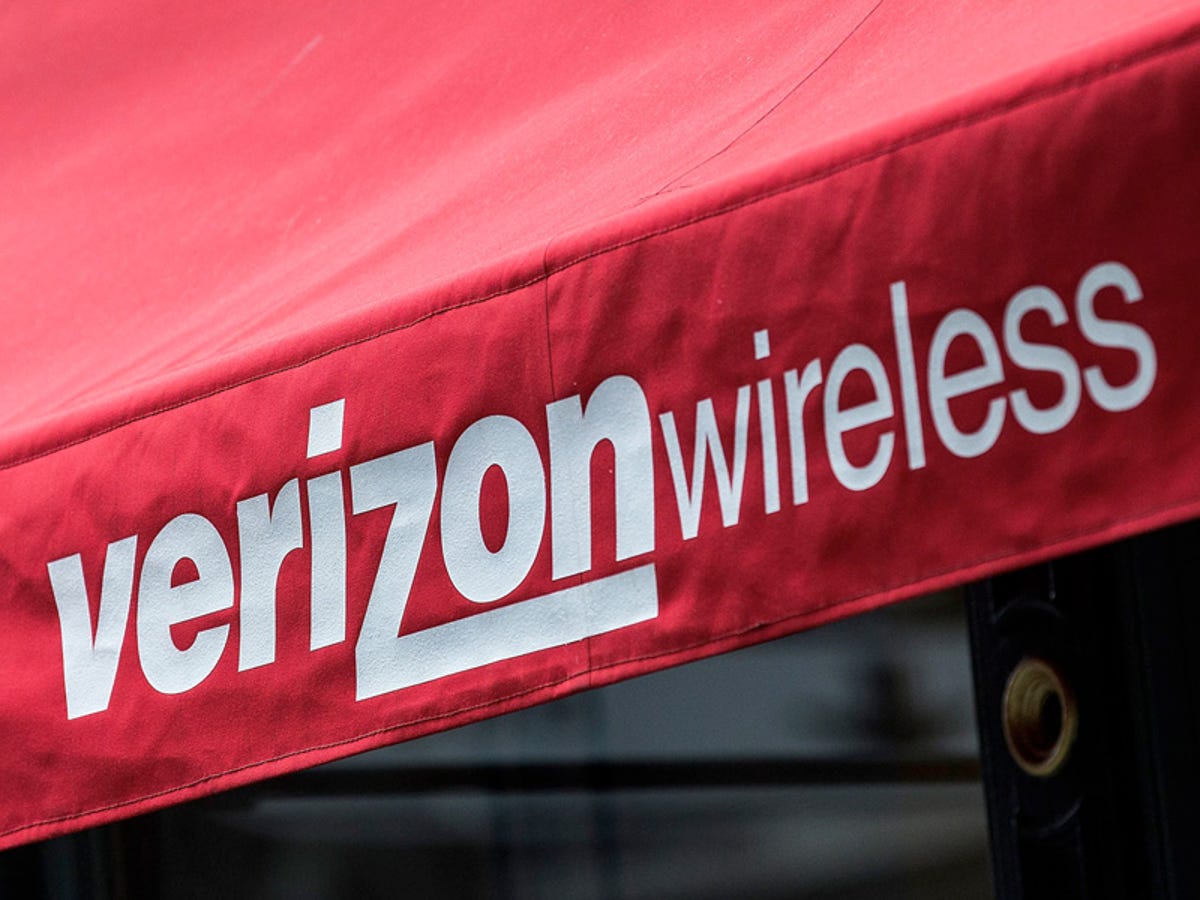
CNET
Verizon’s first quarter as sole owner of Verizon Wireless was a mixed one.
Verizon posted a first-quarter profit of $3.95 billion, or $1.15 a share. In the year-earlier period, it reported a profit of $2 billion, or 68 cents a share. Excluding one-time items such as an after-tax gain from an asset sale, it posted per-share earnings of 84 cents.
Revenue rose 4.8 percent to $30.8 billion.
Analysts, on average, forecast earnings of 87 cents a share and revenue of $30.7 billion, according to Thomson Reuters.
Verizon took full control of Verizon Wireless in February. It previously shared ownership with UK telecom provider Vodafone, who owned a 45 percent stake in the business, and likewise shared in the reporting of its profits. With Vodafone out of the picture, Verizon’s numbers this quarter looked markedly better than a year ago.
Related stories
- Verizon zeroes in on point-of-sale, app attacks in data breaches
- Verizon: Bring your own device, get a discount
- Verizon snagged highest slice of phone activations last quarter
- Smartphone industry commits to antitheft measures amid calls for ‘kill switch’
The wireless unit, which has been an increasing focus of the business, added 549,000 retail net connections (connections defined as any new mobile device attached to a Verizon plan), with a vast majority considered more lucrative “post-paid” customers who commit to long-term contracts. The company added 634,000 net new tablet customers, suggesting it lost considerable chunk of basic phone customers if its total net new customers was 549,000.
The numbers represent a decline over its year-earlier results, when Verizon added 720,000 net new retail connections, with postpaid customers falling by more than 20 percent.
“To date, Verizon subscriber trends have held up well despite the onslaught from T-Mobile…however, this quarter, AT&T responded on pricing and Verizon’s trends suffered as a result,” said New Street Research analyst Jonathan Chaplin.
During a conference call with analysts on Thursday, Verizon Chief Financial Officer Fran Shammo acknowledged the loss of customers, largely on the 3G and basic phone said, but said that it took steps to address the issues with promotions later in the quarter, and saw improved results in March.
Verizon, like AT&T, made a few moves to target more budget-conscious customers, as well as giving price breaks, global text messages, and additional data capacity under a new program called ” More Everything.” The program came on the heels of T-Mobile’s decision to buy out the early termination fees of customers willing to jump ship.
The company said that half of its postpaid customers were on a More Everything plan, with smartphones making up 72 percent of its customer base, up from 61 percent a year ago.
The company took a “rational, disciplined approach to responding in the marketplace,” Shammo said.
AT&T posted a first-quarter profit of $3.7 billion and added more than 1 million wireless customers period, and 625,000 contract customers, with an increasing mix coming from tablets and connected devices. It was seemingly unaffected by T-Mobile’s ETF buyout program.
On the wireline side, Verizon added 98,000 net new FiOS Internet connections and 57,000 net new FiOS video connections. In total, it has 6.2 million FiOS Internet customers and 5.3 million FiOS video customers as of the end of the period. The increase in FiOS Internet customers slightly offset declines in its traditional DSL business.
Looking ahead, Verizon said it continues to target revenue growth of 4 percent and higher margins on an adjusted earnings before interest, taxes, depreciation, and amortization basis this year.
Verizon shares fell nearly $1, or 2 percent, to $46.46.
Updated at 7:22 a.m. PT: To include comments from the CFO.



